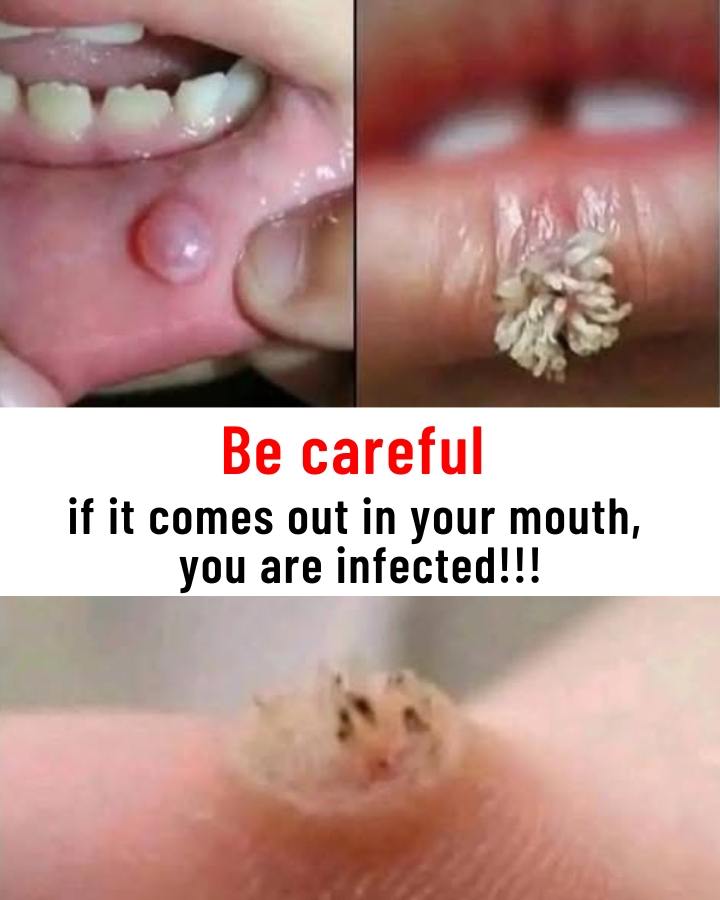Cold sores, also known as fever blisters, are a common viral infection primarily caused by the herpes simplex virus type 1 (HSV-1). In some cases, herpes simplex virus type 2 (HSV-2)—usually associated with genital herpes—can also lead to cold sores, especially through oral-genital contact.
What Causes Cold Sores?
Cold sores are highly contagious and spread easily from person to person, most often through contact with infected saliva or skin. Common ways the virus is transmitted include:
Ezoic
Direct contact: Kissing or sharing drinks, food, or utensils with an infected person.
Indirect contact: Using items contaminated with the virus, like towels, lip balm, or cutlery.
Self-infection (Autoinoculation): Touching a cold sore and then touching other parts of the body, such as the eyes or genitals, can spread the virus.
Ezoic
Recognizing the Symptoms
Cold sores tend to follow a series of stages:
Tingling or itching: A burning or itching sensation is often the first sign, occurring 1–2 days before the sore appears.
Formation of blisters: Small, fluid-filled blisters develop, usually near the lips but sometimes on the nose or gums.
Ezoic
Blister rupture: The blisters break open, forming painful, red sores. This is the most contagious stage.
Scabbing: The sores dry out and develop a crust, which eventually falls off during healing.
A typical outbreak lasts about 7 to 10 days. While the sores heal, the virus stays dormant in the body and can become active again during certain triggers.
Ezoic
What Triggers an Outbreak?
